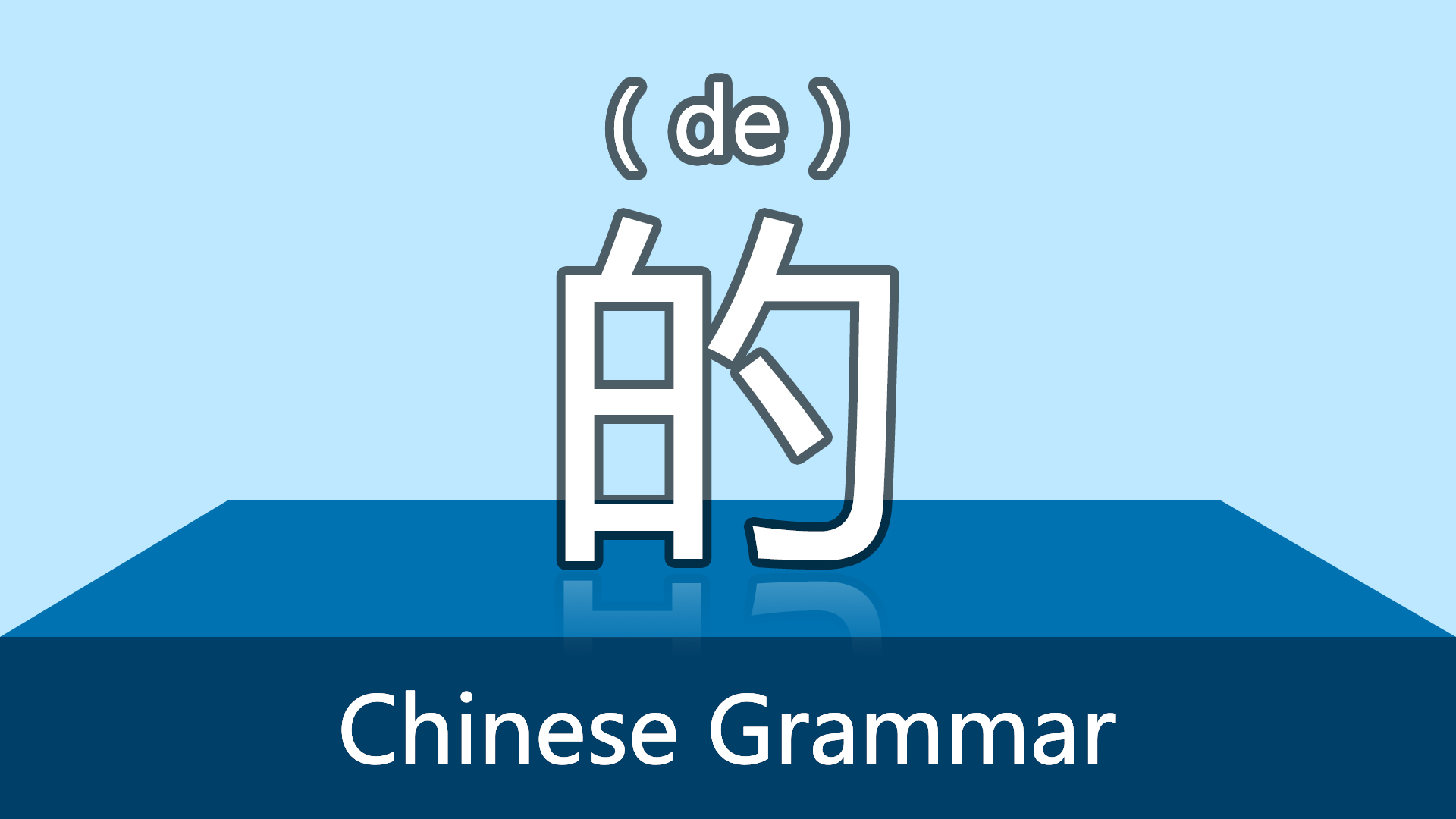The usage of "de" -"的"的用法
In this lesson, we are going to talk about affirmative-negative questions and alternative questions. Affirmative-negative questions are formed by repeating the first character of a verb or adjective in affirmative and negative form. Affirmative-negative question can transform to a yes-no question. Alternative questions always use the word “还是” to connect options. This kind of questions often used to ask listener to choose between alternatives.

1. Indicate possession
Structure
Examples
Note
When the noun following “的” is a term of kinship or indicates an intimate relationship, “的” can be omitted.
Examples
2. Connect attribute with the centre word
2.1 General usage
Structure
Examples
2.2 One character adjective
When the adjective in front of “的” has only one character, “的” can be omitted.
Examples
2.3 Adverb in front of one character adjective
When there is an adverb in front of the one character adjective, “的” can't be omitted.
Examples
3. Indicate someone or something
In a specific context, we could omit the centre word in a sentence if it can be conjectured from the context. The phrase “noun/pronoun/adjective/verb etc. + 的” is used to indicate someone or something.
Structure
Examples
(我的=我的书: my book)
( 唱歌的=唱歌的人: people who sing)
(牛肉的=牛肉的饺子: beef dumplings)
(你的=你的杯子: your cup)
(红的=红的杯子: the red cup;我的=我的杯子: my cup)
(爸爸买的=爸爸买的蛋糕: the cake that father bought)
